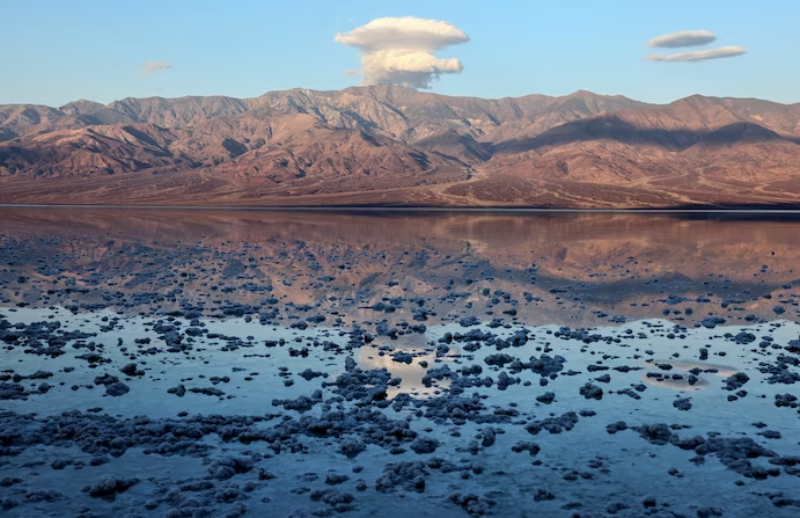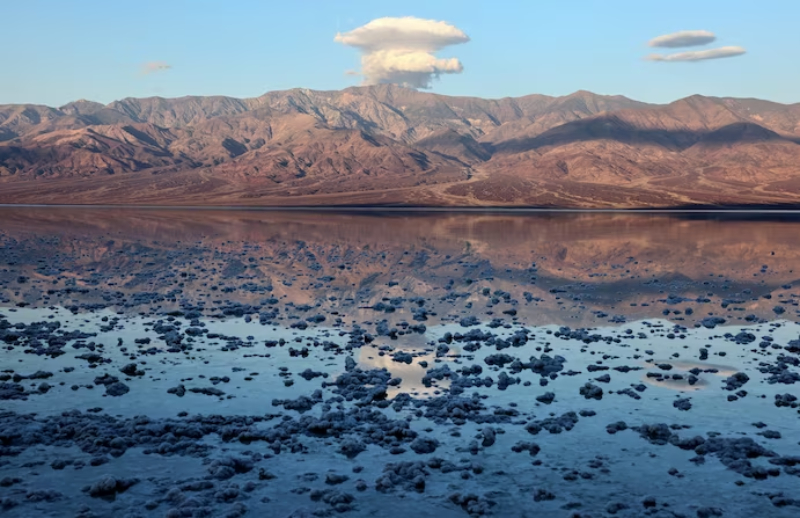California, after grappling with a severe water crisis for over three years, has finally been declared drought-free due to an exceptionally wet, snowy winter and the impact of a rare tropical storm over the summer. The remnants of the drought dissipated in October, driven by autumn rainstorms in the northwestern corner of the state.

This time last year, California faced an escalating water crisis characterized by “extreme” and “exceptional” drought conditions, fueled by the influence of La Niña, a climate pattern associated with reduced precipitation in southern and central California. It marked the culmination of three consecutive record-breaking dry years, featuring parched reservoirs, heatwaves, and devastating wildfires.
Contrary to expectations, the subsequent winter proved to be exceptionally wet, leading to major reservoirs reaching 125 percent of their average levels. Heading into an El Niño winter, which typically favors increased precipitation, California is poised for another potentially wet year. The first significant storm of the season is anticipated to arrive next week.
Brian Fuchs, a climatologist with the National Drought Mitigation Center, highlighted the impact of 32 atmospheric rivers, key components for California’s water supply, during the drought-busting year. Unusually cool weather contributed to one of the state’s most substantial snowpacks on record, slowly melting over spring and summer, replenishing reservoirs and averting severe flood scenarios. In August, Tropical Storm Hilary brought record-breaking rainfall to Southern California, eradicating lingering drought in desert regions.
Most parts of California received 8 to 12 inches of surplus precipitation during the water year, with some areas, including the Central Valley, Sierra Nevada, and Southern California, exceeding 16 to 20 inches above normal.
As the state enjoys relief from the prolonged drought, there is optimism that the wet conditions might persist for another year. The prospect of a moderate to strong El Niño adds to this optimism, although it doesn’t guarantee a wet winter. However, this potential for prolonged wet conditions raises concerns about the risk of flooding, especially after last winter’s series of atmospheric rivers resulted in 22 fatalities.
While brimming reservoirs offer protection against immediate impacts, experts caution that the climate’s extremes and increasing temperatures may lead to unpredictable shifts between wet and dry conditions. The Public Policy Institute of California emphasized the need for reservoir managers to adapt operations to address the rising likelihood of rapid transitions from wet to dry years.
California, having faced the driest February on record in 2020, will be closely monitored to see how it navigates potential challenges, with water experts urging preparedness for a future that may include both floods and droughts.
